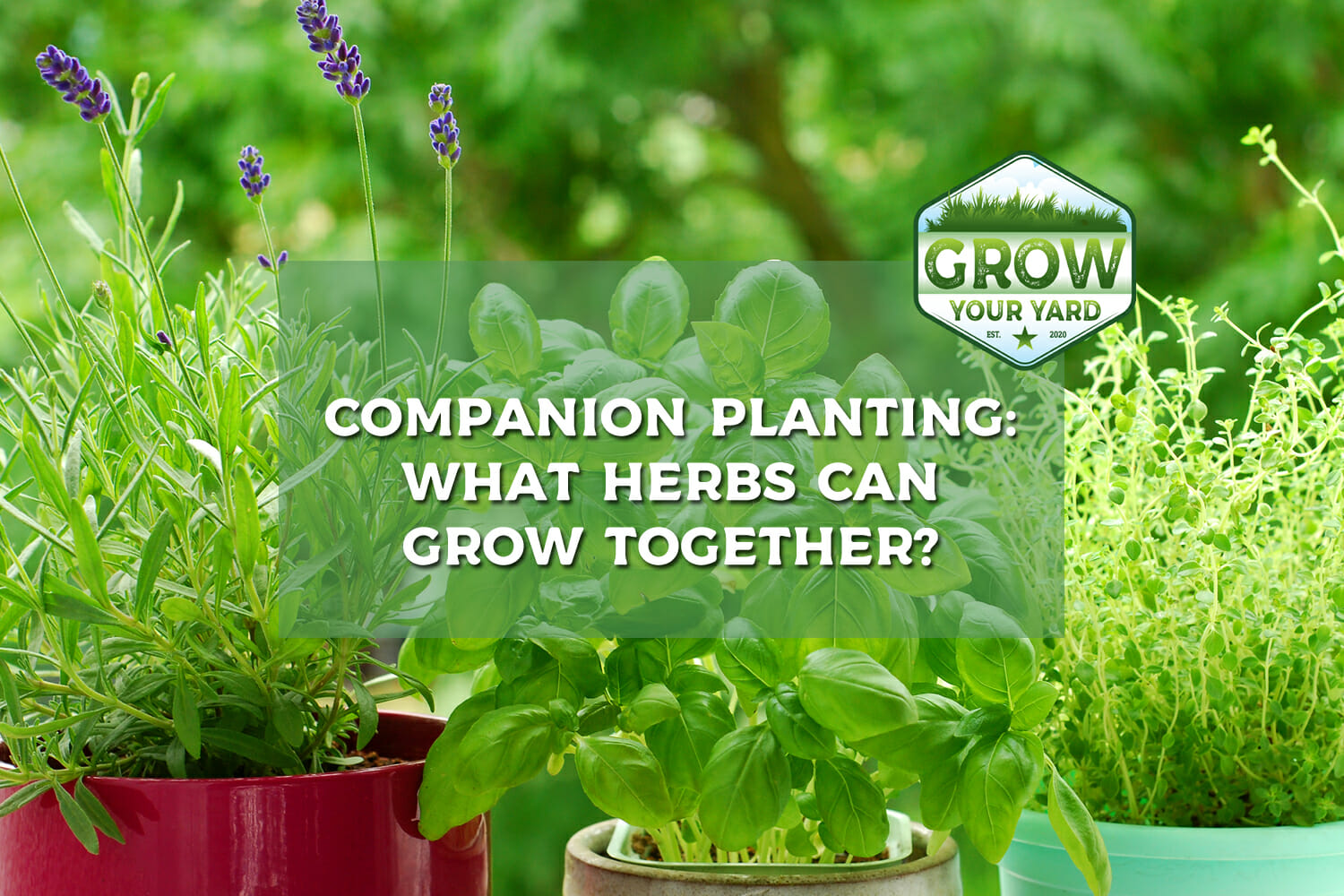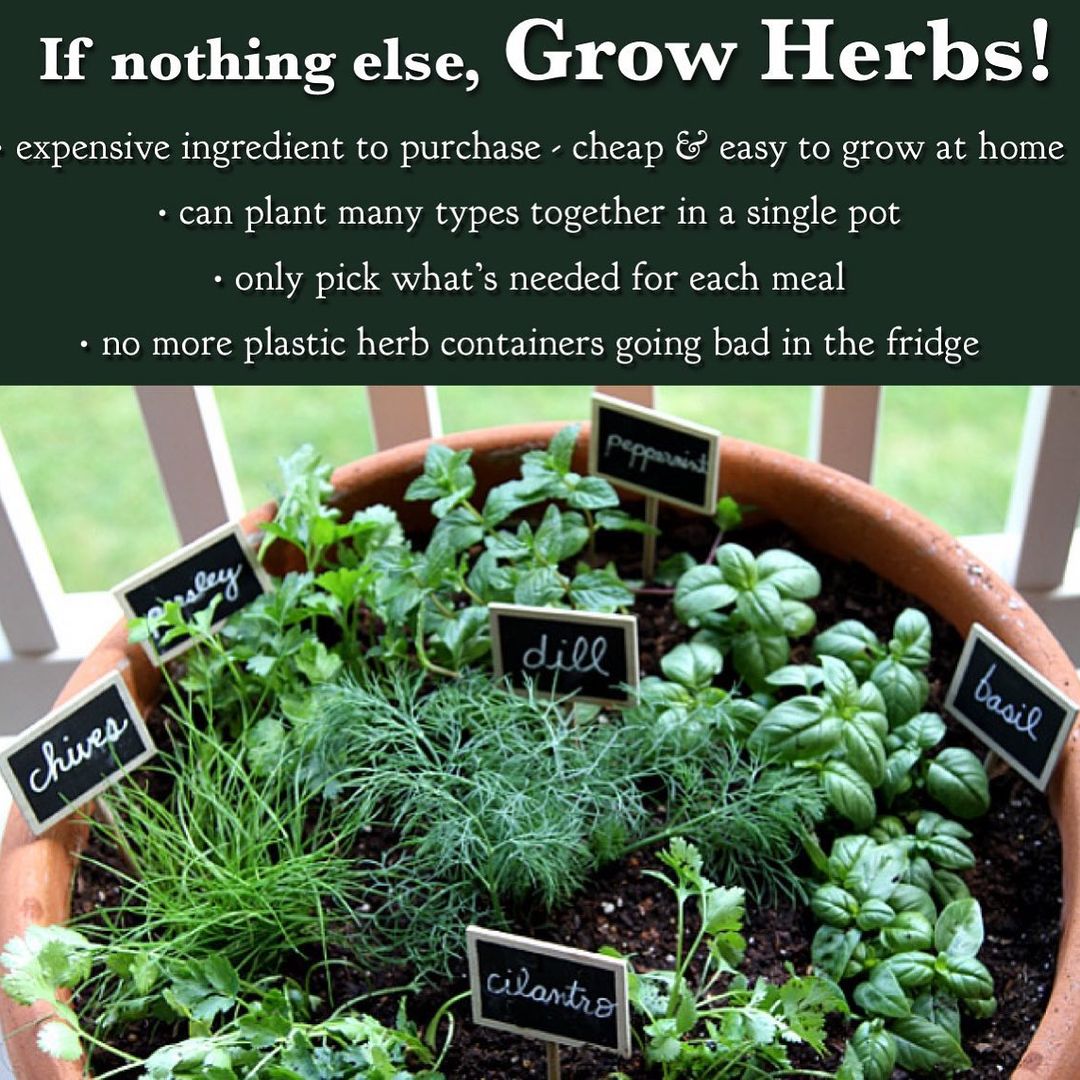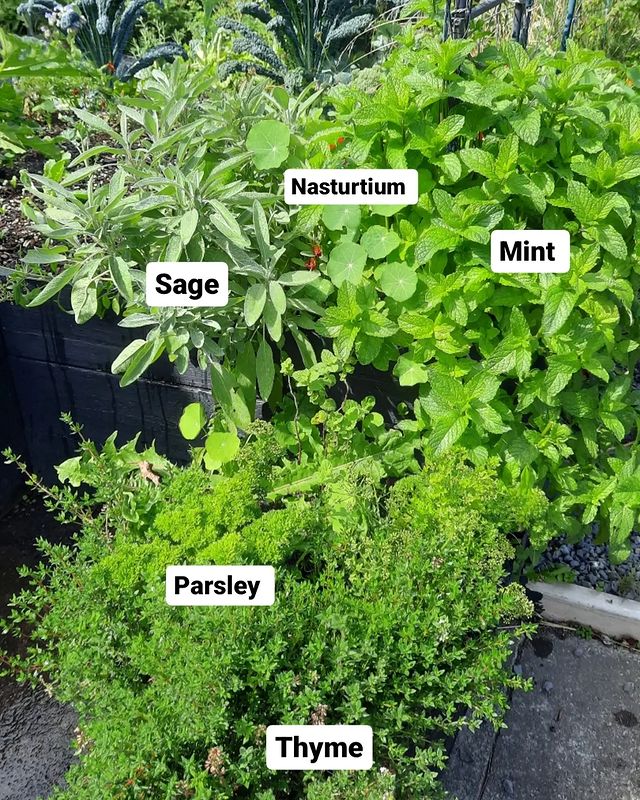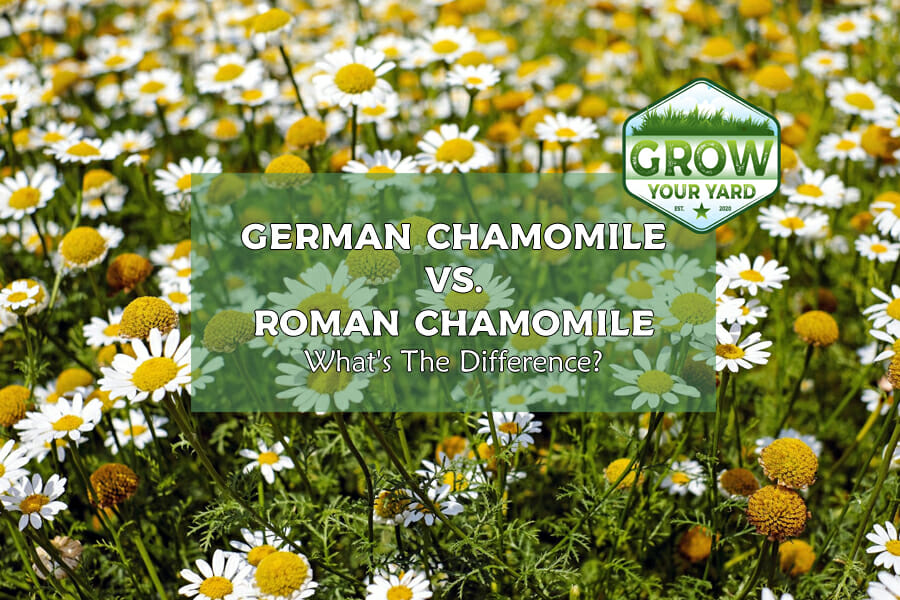Herbs are relatively easy plants to take care of and many make for ideal companion planting. As long as the herbs have similar ideal growing conditions (which many do) you can grow them in the same container.
Do you dream of snipping a few herbs from your balcony garden or window sill plants pots? Herbs are a great beginner plant so that dream is a realistic one.
Find out how to make that dream come true with these insights and tips on how herbs can be planted together.
Companion Planting = Growing Stronger Plants & Herbs Together
Growing several plants in the same container or plant pot is called companion planting. Organic farmers will often choose to plant certain herbs with vegetable plants as a natural repellent for pests.
You may have already heard of certain herbs being used as ingredients to keep away mosquitoes, flies, beetles and other pesky insects. Well, in their natural state these herbs can have the same results. For example, if you are trying to grow cucumbers in your backyard, you may want to grow chives in the same spot.
Growing herbs together has the advantage of saving space. If you live in a smaller apartment or don’t have very big windows, growing several herbs in the same pot is a great solution.
Different varieties in the same pot also slows down the spread of plant diseases. You will be more likely to notice that something is wrong with your plant before it is too late to save it.
Finally, companion planting is good for retaining soil moisture. When there is a lot of space left on the top soil more soil moisture will evaporate. So, more plants in one pot means better soil moisture conditions.
| Herb 1 | Herb 2 | Compatible? | Notes |
|---|---|---|---|
| Basil | Parsley | Yes | Similar light and water needs. |
| Chives | Dill | Yes | Repel pests and support each other’s growth. |
| Mint | Oregano | Yes | Vigorous growth patterns; contain to prevent spreading. |
| Cilantro | Tarragon | Yes | Prefer more moisture and less sun. |
| Rosemary | Thyme | Yes | Thrive in sunny and dry conditions. |
| Mint | Any | No | Invasive; can overpower other plants. |
| Dill | Fennel | No | Can cross-pollinate and result in hybrids. |
| Sage | Cucumbers | No | Sage might stunt the growth of cucumbers. |
| Basil | Rue/Sage | No | Antagonistic to each other; can inhibit growth. |
| Lavender | Rosemary | Yes | Both prefer full sun and well-draining soil. |
| Thyme | Oregano | Yes | Similar preferences for light and water. |
| Marjoram | Basil | Yes | Complementary flavors and growth requirements. |
| Coriander | Anise | Yes | Can benefit each other by repelling certain pests. |
| Parsley | Tomato | Yes | Parsley can enhance tomato growth and flavor. |
| Sage | Rosemary | Yes | Similar needs for sun and well-draining soil. |
| Garlic Chives | Carrots | Yes | Can repel certain pests that affect carrots. |
| Mint | Chamomile | No | Mint’s invasive nature can overwhelm chamomile. |
| Basil | Thyme | Yes | They can complement each other in growth and flavor. |
| Lemon Balm | Mint | Yes | Both are vigorous, but contain to prevent competition. |
| Fennel | Most Herbs | No | Fennel is not a good companion for most herbs due to allelopathy. |
Factors Determining What Herbs Can Be Planted Together
Essentially, herbs that have the same ideal growing conditions can be placed in the same container. When deciding which herbs to plant together, you have to consider the following factors:
1. Sunlight
Most herbs love lots of sunlight but there are a few exceptions that prefer a shady spot.
2. Soil moisture
Some herbs are drought resistant while others need constantly moist conditions.
3. Height
Taller plant stalks should be planted in deeper pots to avoid them from toppling over. You can plant herbs of different heights in the same pot as long as the taller herbs do not shield the lower growing herbs from the sun.
4. Growth cycle
There are 3 growth cycles in herbs: annual, biennial and perennial. Plant together herbs with the same growth cycles to avoid issues with repotting.
5. Competitiveness
Certain herbs cannot be planted together because they are too competitive. In other words, some herbs will overpower the other and so don’t make for good pot buddies.
Examples of Herbs that Grow Well Together
Mediterranean Herbs – lots of sunlight and drier soil:
- Marjoram
- Sage
- Rosemary
- Oregano
- Thyme
- Lavender
Leafy Herbs – lovers of damp environments:
- Basil
- Cilantro
- Parsley
- Tarragon
- Chives
- Dill
Mint Family: only play nice with other mint varieties:
- Spearmint
- Lemon balm
- Peppermint (is peppermint toxic to cats?)
- Bergamot mint
Rosemary, Thyme, Oregano, and Sage. These herbs are akin to scholars who excel in bright, sunny environments and require minimal hydration. They flourish in well-draining soil and full sunlight, making them ideal companions in a single container. Together, they create a robust and aromatic garden, each benefiting from similar growing conditions.
In contrast, the ‘Water Lovers’ group consists of Basil, Cilantro, and Parsley. These herbs prefer a more hydrated environment, thriving in slightly cooler and shadier conditions. They are the botanical equivalent of students who perform better in a structured, nurturing setting. When planted together, they support each other’s growth, ensuring a lush and verdant display.
Mint varieties, such as Peppermint and Spearmint, are somewhat unique in their growth patterns. They tend to be expansive and dominant, much like students who lead and influence their peers. When considering mint for a communal container, it’s crucial to provide ample space and perhaps even contain them separately to prevent them from overtaking other herbs.
Selecting an appropriately sized pot with adequate drainage is imperative for a successful container garden. Utilize a quality potting mix to ensure proper nutrient uptake and moisture retention. Regular observation and adjustment of watering and sunlight exposure will help maintain a balanced and healthy micro-ecosystem within the container.
By thoughtfully grouping herbs with similar needs and monitoring their growth, one can cultivate a harmonious and flourishing container garden that serves culinary purposes and provides an aesthetic and aromatic pleasure.
Which Herbs Do Not Go Together?
Unfortunately, not all herbs grow well together. As you may have already guessed, plants that require different growing conditions should not be planted together.
Generally, if you stick to herbs from the same region there is no problem. This is because plants from the same region likely flourish in the same climate and environmental conditions.
However, there are a few herb types that should never be planted close to each other. Here are a few examples.
Mint
Mint quickly overpowers other herbs and so doesn’t make a good companion. You can only grow it with other mint varieties but even then they may lose some of its characteristic flavor.
Dill – Fennel – Lavender
Dill is the culprit here. If you plant it with fennel or lavender you will notice a stunted growth in the fennel and lavender. Fennel also doesn’t grow well with other herbs.
Cilantro
Cilantro is similar to mint, it is competitive and can take over the entire pot. You can attempt to grow it with other leafy herbs but keep a close eye on its growth.
Frequently Asked Questions
What Herbs Can Be Planted With Mint?
Mint can be somewhat invasive which is why it is not a good companion plant. The exception is other mint varieties.
What Herbs Will Come Back Every Year?
Perennial herbs will grow back every year. Examples of perennial herbs include:
- Chives
- Oregano
- Cilantro
- Mint
- Rosemary
- Lavender
- Sage
- Lemon balm
- Thyme
- Parsley
How Close Can You Plant Herbs Together?
The beauty of companion planting is that you can grow several herbs in the same container. Do not worry about having to leave a lot of space in between.
If you are growing two herbs together, simply divide the container in half. With three herb types in thirds, four herbs in quarters and so on. A few inches in between is enough.
Summary
Growing herbs together is a great idea for saving space and simplifying your gardening tasks. Lots of herbs make for fantastic companion plants so you have a lot of options.
The most important thing to remember when planting herbs together is that they need similar growing conditions. Consider their needs in terms of sunlight and moisture levels and group those herbs together. For example, Mediterranean herbs grow well together and herbs originating from humid climates also make good companions.
Another factor to consider is how tall the herbs grow which determines the type of container they should be planted in. Also, think about how often they grow in a year and whether one herb grows too quickly compared to its companion.
Start by planting two herbs in the same pot and then continue experimenting. Companion planting is also a good idea for when you have a vegetable garden. Since certain herbs are natural pest repellents that can help protect your vegetables without the need for chemicals.





